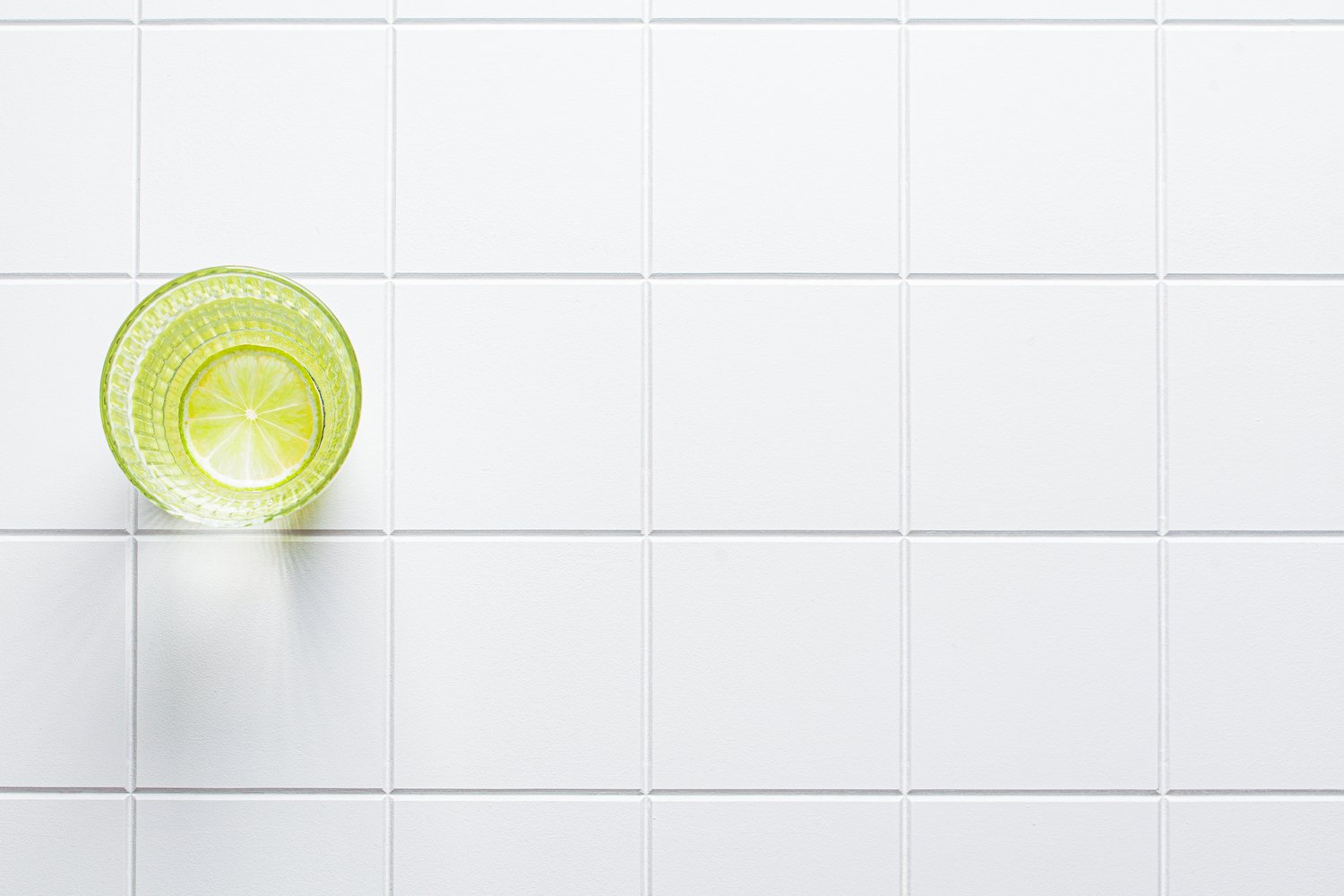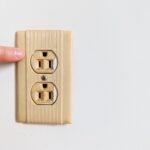Understanding shower tray materials and their benefits
Shower trays come in various materials, each offering distinct advantages for different bathroom setups. Acrylic models remain the most popular choice among homeowners due to their lightweight construction and affordable pricing. These units typically weigh 15-20 kilograms, making them easier to install than stone alternatives. Their non-porous surface resists stains and requires minimal maintenance over time.
Stone resin trays provide superior durability and can withstand heavy daily use for decades. They typically measure 25-30 millimeters in thickness, offering excellent structural integrity. These models cost approximately 40-60% more than acrylic versions but deliver premium aesthetics. Their solid construction reduces flexing and provides a stable surface that feels secure underfoot.
Ceramic shower bases offer traditional appeal and exceptional longevity in residential applications. They resist scratches, chemicals, and temperature fluctuations better than most alternatives. These units require professional installation due to their weight, often exceeding 35 kilograms for standard sizes. Their glazed finish maintains its appearance for 20-25 years with proper care.
Steel enamel trays combine affordability with reliable performance in budget-conscious renovations. They heat up quickly during use, providing comfortable temperatures within 2-3 minutes. These models typically cost 20-30% less than acrylic alternatives while offering similar durability. Their smooth surface allows easy cleaning with standard household products.
Selecting the right size and shape for your space
Standard rectangular trays range from 70×90 centimeters to 120×90 centimeters, accommodating most bathroom layouts effectively. Corner units maximize floor space in compact rooms, typically measuring 80×80 or 90×90 centimeters. Quadrant designs fit snugly into corners while providing generous shower areas. These measurements include the outer rim dimensions that determine installation requirements.
Square formats work well in modern bathrooms where symmetry creates visual balance throughout the space. They typically range from 70×70 to 100×100 centimeters, offering flexibility for different room sizes. Shower trays in square configurations often cost 10-15% less than rectangular models of equivalent area. Their uniform dimensions simplify tile layout and waterproofing procedures.
Pentagonal and offset quadrant shapes accommodate irregular bathroom layouts where standard rectangles cannot fit properly. These specialized designs typically add 15-25% to the base price but solve challenging installation scenarios. They often incorporate curved edges that soften the overall appearance while maximizing usable shower space. Custom sizing options are available for unique architectural requirements.
Low-profile trays measuring 25-40 millimeters in height create seamless transitions with surrounding flooring materials. Ultra-slim models at 25 millimeters provide the most elegant appearance but require precise floor preparation. Standard height options of 55-75 millimeters offer easier installation and better drainage performance. They accommodate most waste outlet configurations without extensive floor modifications.
Installation considerations and technical requirements
Proper floor preparation ensures long-term stability and prevents costly repairs after installation completion. The subfloor must be level within 3 millimeters across the entire installation area. Concrete floors require moisture barriers to prevent dampness from affecting the tray structure. Wooden subfloors need additional reinforcement to support weights up to 200 kilograms when filled.
Waste outlet positioning determines which tray models will fit your existing plumbing configuration effectively. Standard outlets measure 90 millimeters in diameter and connect to 40-millimeter waste pipes. Center drain positions work with most Bathroom equipment layouts but may require pipe modifications. Corner outlets provide more flexibility but limit tray selection options significantly.
Waterproofing systems extend beyond the tray perimeter to create comprehensive moisture protection for surrounding structures. Tanking membranes should overlap tray edges by at least 50 millimeters on all sides. Sealant joints require renewal every 3-5 years to maintain their effectiveness against water penetration. Professional installation includes pressure testing to verify system integrity before tiling commences.
Access panels or removable sections allow future maintenance of waste connections and trap mechanisms. These features add 5-10% to initial costs but prevent expensive renovation work later. Hidden access points maintain aesthetic appeal while providing necessary functionality. They should be clearly marked for future reference during maintenance procedures.
Maintenance tips and longevity strategies
Daily cleaning with mild detergents preserves surface finish and prevents buildup of soap residues or mineral deposits. Abrasive cleaners damage acrylic surfaces and should never be used on these materials. Weekly deep cleaning with specialized bathroom products removes stubborn stains and maintains hygiene standards. Proper ventilation reduces moisture levels and prevents mold growth around edges.
Regular inspection of sealant joints identifies potential problems before water damage occurs in surrounding areas. Cracked or discolored sealants require immediate replacement to maintain waterproof integrity. Professional resealing costs approximately 80-120 euros but prevents thousands in structural damage. These inspections should occur every 6 months in high-use bathrooms.
Scratch repair techniques vary depending on tray material but most surface damage can be addressed effectively. Acrylic units respond well to fine polishing compounds that restore original gloss levels. A blac acrylic showe tray requires specific color-matched repair products to maintain uniform appearance. Stone resin surfaces may need professional restoration for significant damage.
Waste outlet maintenance prevents blockages that cause water backing up onto the tray surface. Monthly cleaning with enzyme-based drain cleaners dissolves organic buildup without damaging pipe materials. Hair traps reduce maintenance frequency and cost approximately 15-25 euros installed. These simple devices prevent 80-90% of common drainage problems in residential showers.





